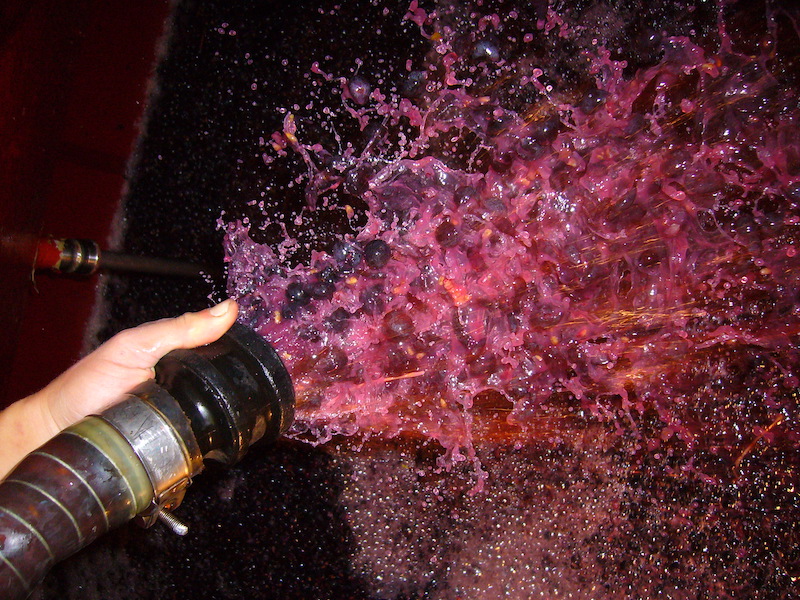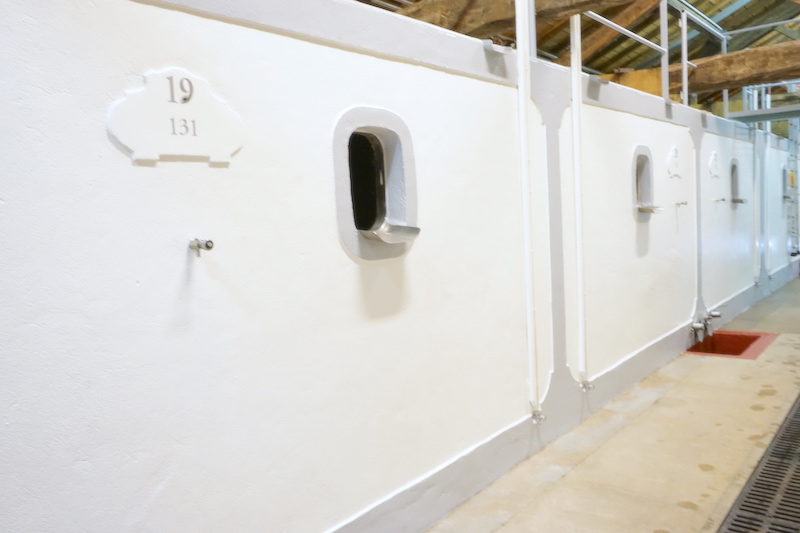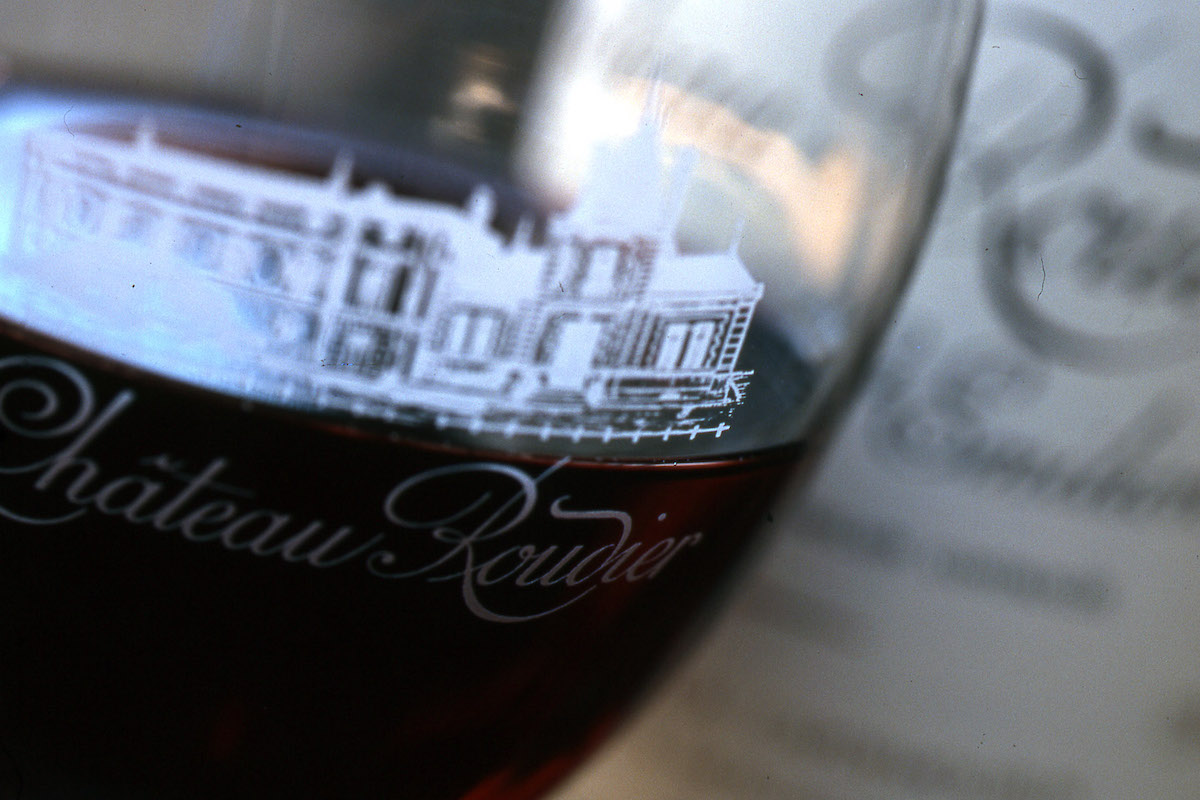Winemaking at Château Roudier
Harvest reception

The work in the vat begins during the harvest period when leaving the vine plots. The reception and processing of the harvest is an essential step because the grape berries are very fragile. At Château Roudier, we have opted for transporting the harvest by dumpers equipped with vibrators and a hopper in order to separate the juice from skips, which are of poor quality. These trucks gently deposit the berries on a sorting table in order to remove the unwanted elements. After these successive sortings, the harvest will be crushed in order to voluntarily bring the juice and the skins of the grapes into contact. The vinification can begin.
Alcoholic fermentation
Then comes the alcoholic fermentation. The sugars are transformed into alcohol by the action of the yeasts with the release of carbon dioxide, bringing to the surface all the solid parts that make up the grape seed, namely the skin, the pulp and the pips. The marc will form. Thermoregulation makes it possible to keep the temperature low and to practice and control the progressive evolution of fermentation. In order to extract the full potential of the grapes, twice a day we pump over. The purpose of this is to take the clear juice from the bottom of the tank and project it on the marc by pumping so that the juice takes on the coloring and tannic molecules present in the skins. This also helps to enhance the activity and strength of the yeasts. Fermentation ends when all the sugars are consumed by the yeasts. The frequency of pumping over varies according to the daily tastings of each batch. Once finished, the juice remains in contact with the marc for a few days between 28° and 30°C. This hot post-fermentation maceration promotes complex mechanisms that soften the wine and enrich it. Then comes the physical operation of running off. The free run juice is placed in a tank while the marc is pressed. The press wines are discarded and the tasting will determine their orientation in the final assembly which will take place in the spring. The second fermentation can then begin.

Malolactic fermentation

Malolactic fermentation is a natural deacidification of wine through lactic bacteria. The hard biacid malic acid in the mouth turns into lactic acid. This step can be more or less long. The wines are kept at 20°C. When it is finished, we sanitize the environment by adding a dose of sulphurous solution. We are in December, the temperature of the cellars drops to reach 8 and 10°C favoring the clarification and the precipitation of the tartaric acid for a better stability of the wines in bottle. We let the wine rest for a few weeks until the beginning of the following year when the wine will begin its ageing.
Breeding
After a few weeks in the cold, the lees settle at the bottom of the vat. Racking will aim to separate the fine wine from this lees under the protection of carbon dioxide in order to increase its natural concentration to protect the wine from oxidation.
The wood makes it possible to bring tannins from selected French oaks entering into physico-chemical phenomena allowing to fix the color and to participate in the complexity of the aromatic bouquet. The aging will last about 12 months where the Château Roudier team will control by analytical means and by numerous technical tastings the smooth running. Once this is finished, the wines are blended. Each vat is meticulously tasted, it is a team effort requiring inspiration and concentration. It is the culmination of two long years of work, one in the vineyard and the other in the cellar, where the women and men of the property worked together to get the best out of the vintage.

